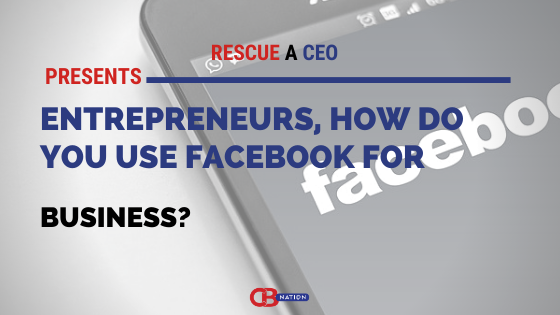Consumers are becoming increasingly savvy about purchasing products that are made with sustainability in mind. Younger generations, in particular, now demand more sustainable products. This has put pressure on companies to use resources in ways that take into account the best interests of future generations.
But another trend is emerging as well. Consumers are transitioning from the traditional model of owning everything to a “circular economy” where commodities are more often shared.
Consumers move to circular
With the ascending circular economy, consumers are moving away from acquiring more stuff and moving instead to the sharing economy. Think renting instead of buying with streaming services, Airbnb, Uber, and more.
The sharing economy is a socio-economic system built around the concept of the splitting of resources. Sometimes referred to as “collaborative consumption” or “P2P” (peer-to-peer), it turns some of the more traditional notions of owning on their heads and quite frankly has changed how many industries do business.
In 2016 the Brookings Institution suggested the sharing economy was estimated to grow from $14 billion in 2014 to $335 billion by 2025 — a number that is still widely cited by many organizations today as a realistic prediction for the sharing economy.
While the pandemic may have slowed down the sharing economy in some areas with the heightened need for social distancing and greater hygiene, yet the movement has been spurred in other areas — namely travel and leisure, as consumers look for destinations where they can vacation in near isolation. Airbnb’s CEO Brian Chesky, for example, recently told CNBC that the company will need millions of new hosts to meet demand, as travel picks up once again.
At the same time, consumers are looking to move away from the make-take-waste model and toward something more regenerative that doesn’t waste our limited natural resources. They recognize that if we want to live in a resilient, sustainable world, we need to make the move from grey to green — and we need to do it today.
Next steps for companies
Companies are now grappling with how to provide value to customers using a minimum amount of material. Case in point: Tarkett DESSO recycled carpet is taking steps toward embracing the circular economy in more ways than one. EcoBase is the company’s 100-percent recyclable Cradle to Cradle Gold-certified carpet and tile backing. Additionally, Tarkett has focused on creating a healthier workspace — something many businesses are looking to achieve, particularly with some considering a return to the office for employees.
Ultimately, switching to EcoBase enables Tarkett and its customers to “close the loop” and contribute to the circular economy.
This is simply one example in the accelerating movement toward a circular economy. The Circularity Gap Report 2021 suggests that if we double global circularity, we could reduce global emissions by 39 percent by 2032, reduce the total material footprint by 28 percent by 2032, and ensure that we steer well below a 2-degree temperature rise, helping to meet the goals of the Paris Agreement on climate change.
It’s time that we step up and make the move from a linear make-take-waste model to a circular economy and transition from grey to green. Once we do, we will have paved the way for future generations to thrive.
Author bio
 Peggy Smedley is an award-winning journalist and technology expert. During her 25-year career she has extensively covered IoT, manufacturing, construction technology and, most recently, sustainability, circularity and resiliency. She is founder and president of Specialty Publishing Media (SPM); editorial director of Constructech and Connected World; radio host of The Peggy Smedley Show; and author of her new book Sustainable in a Circular World, which follows her first book, Mending Manufacturing (2004). Learn more at sustainablecircularworld.com.
Peggy Smedley is an award-winning journalist and technology expert. During her 25-year career she has extensively covered IoT, manufacturing, construction technology and, most recently, sustainability, circularity and resiliency. She is founder and president of Specialty Publishing Media (SPM); editorial director of Constructech and Connected World; radio host of The Peggy Smedley Show; and author of her new book Sustainable in a Circular World, which follows her first book, Mending Manufacturing (2004). Learn more at sustainablecircularworld.com.


















































 |
|